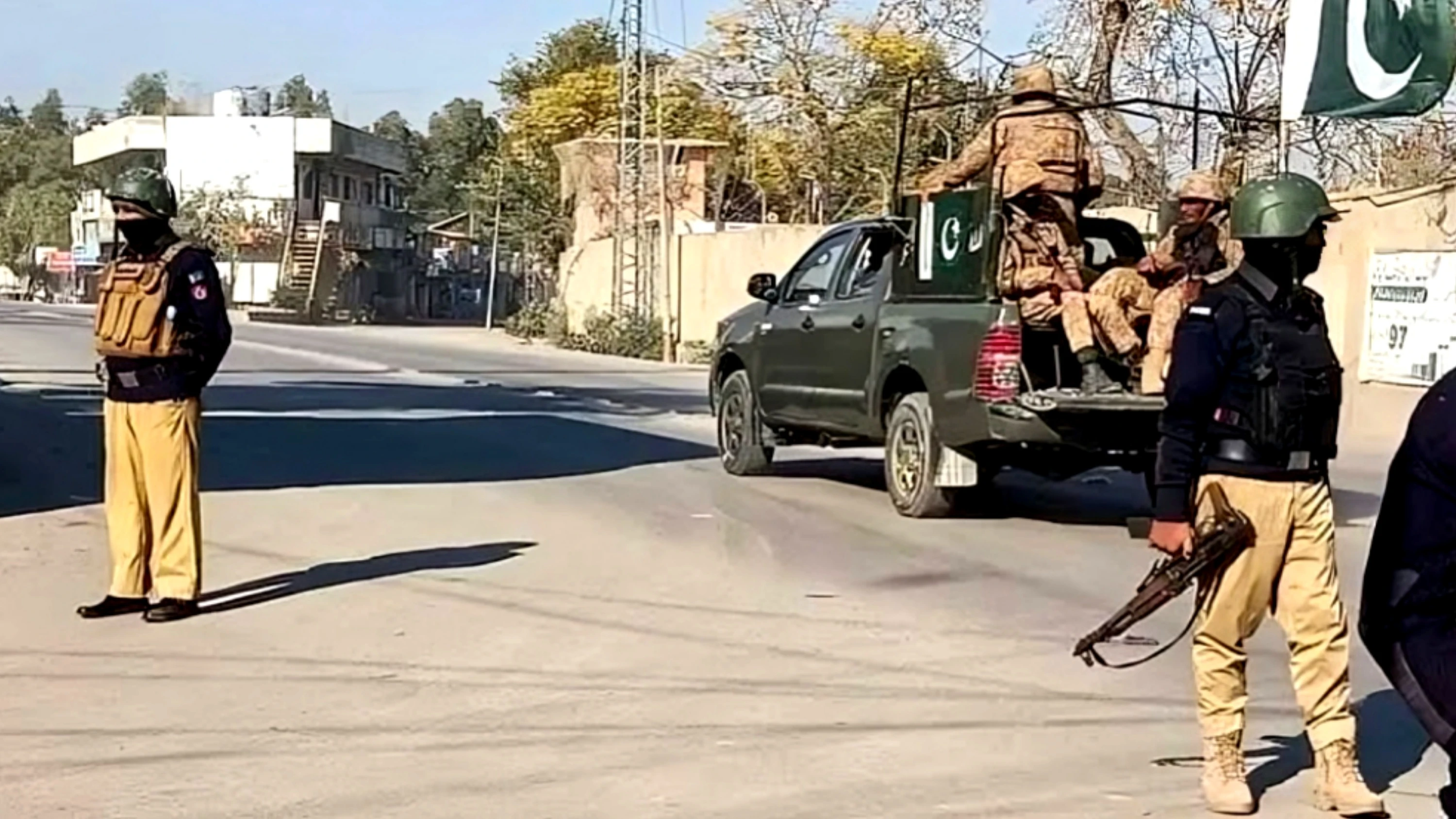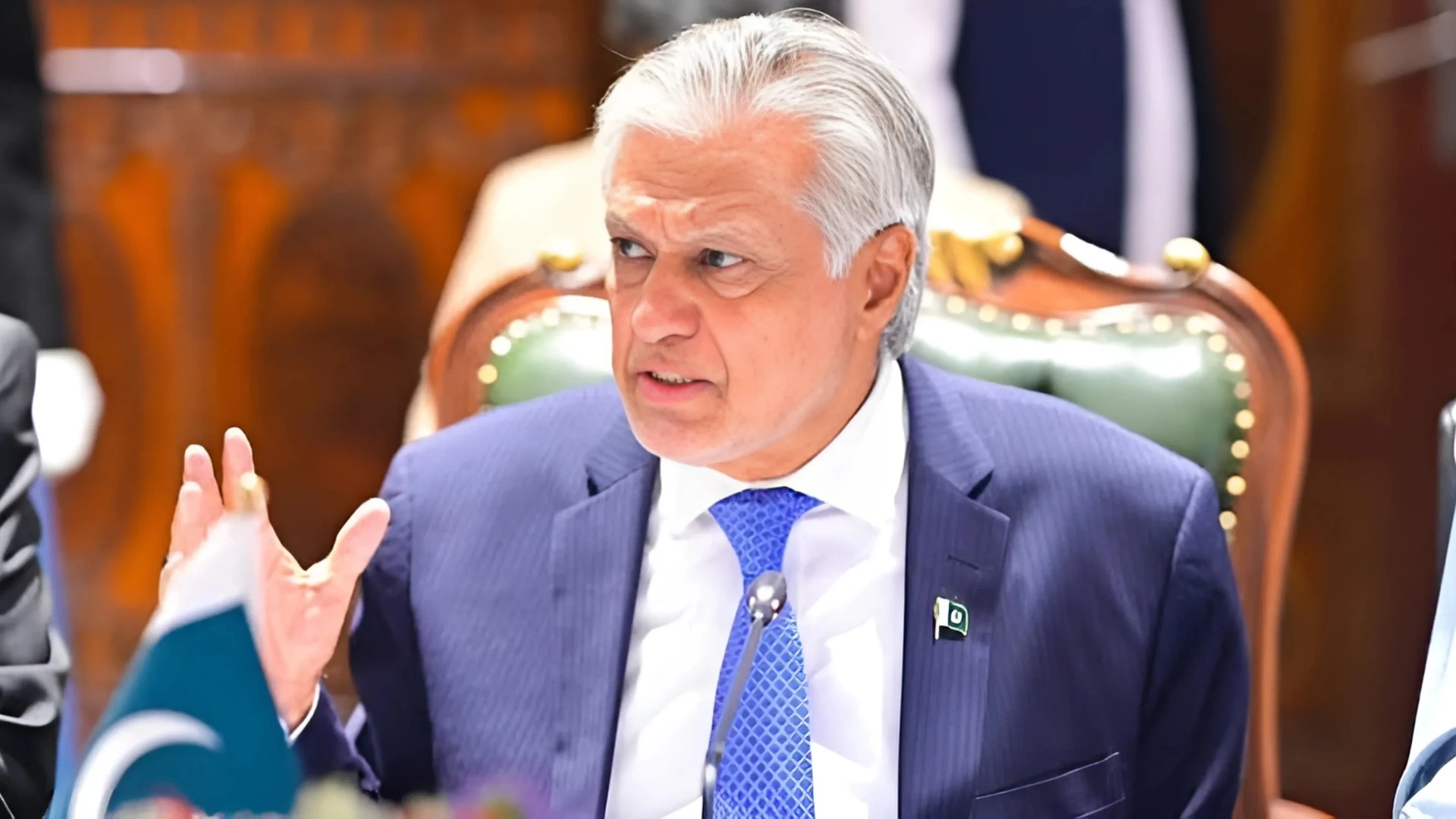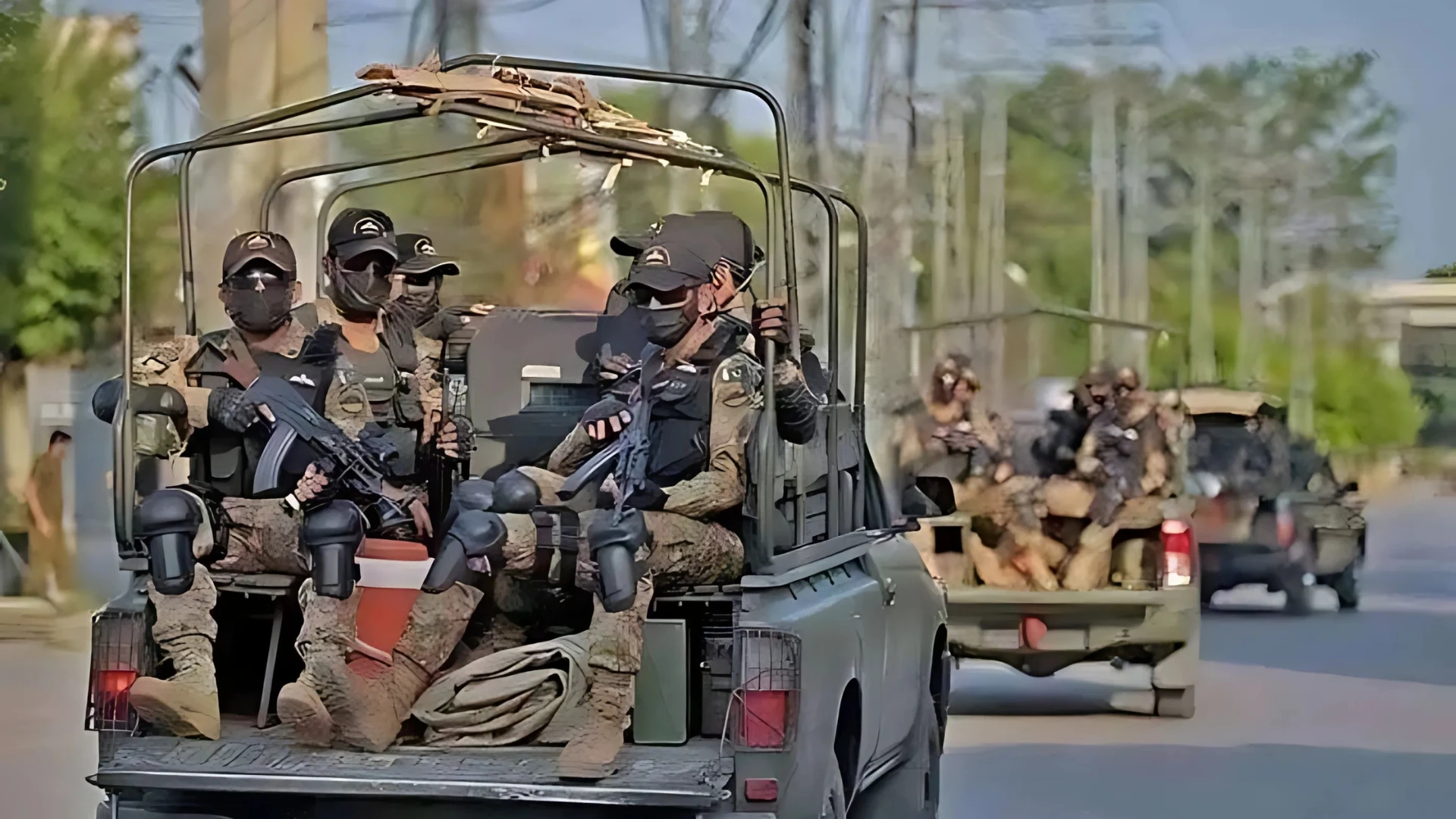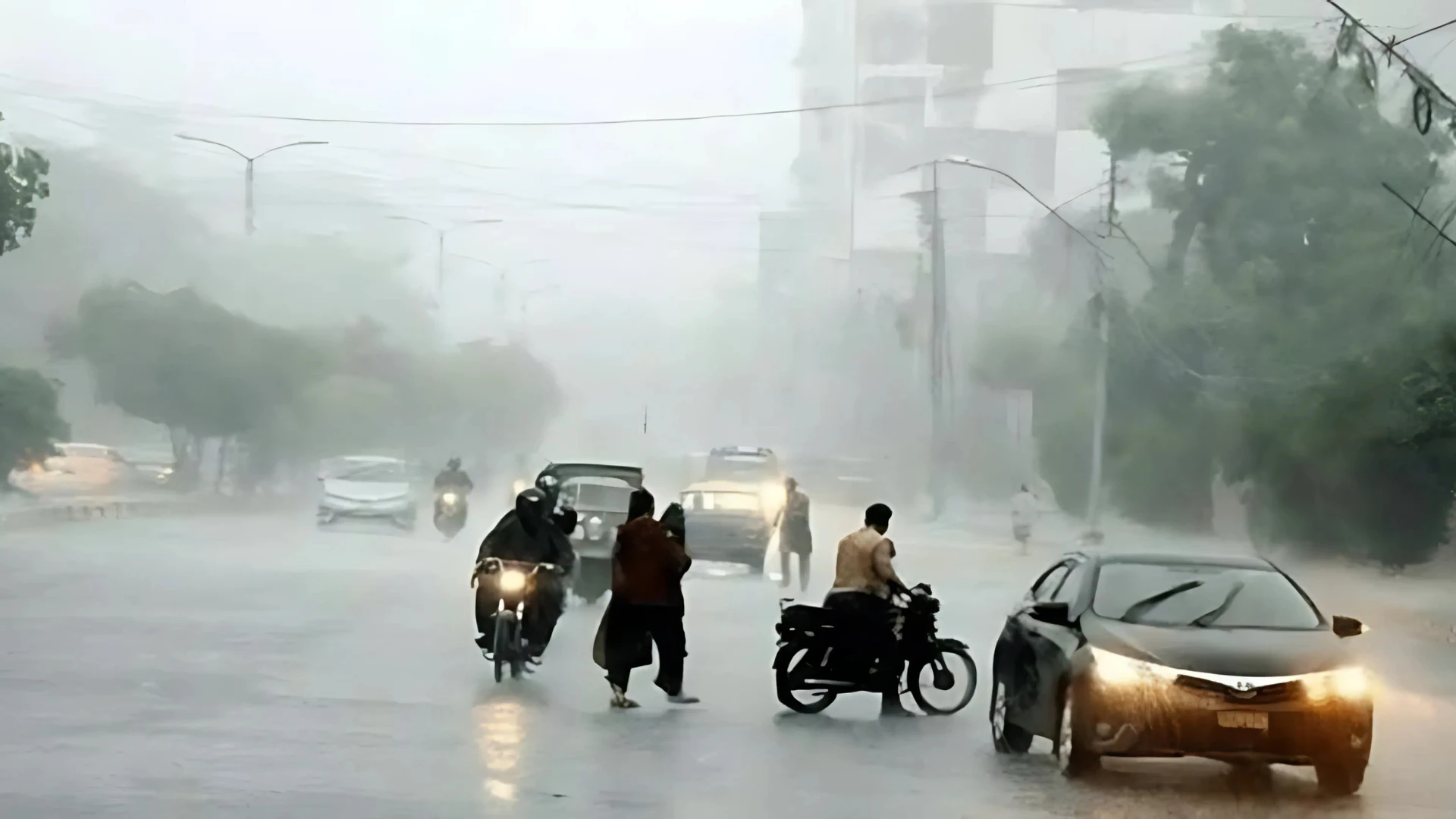Islamabad: Pakistan experienced a significant 32% decline in violence during the second quarter of 2025, with a total of 273 incidents — including terrorist attacks and counter-terror operations — resulting in at least 615 fatalities and 388 injuries. The casualties included civilians, security personnel, and members of banned outfits.
The statistics were released by the Centre for Research and Security Studies (CRSS) in its quarterly security report.
The report notes that 900 fatalities were recorded in the first quarter of the year, which dropped to 615 in the second quarter — indicating a 32% reduction in overall violence. Of the total deaths in the second quarter, 282 were civilians and security personnel, while 333 were members of outlawed groups, reflecting a 15% lower toll on non-militant populations.
Regionally, Khyber Pakhtunkhwa witnessed a 32% decrease in violence, while Balochistan recorded a more substantial 40% decline. However, Khyber Pakhtunkhwa remained the most violence-affected province, primarily due to attacks by the banned Tehreek-e-Taliban Pakistan (TTP). Balochistan followed as the second most affected region, driven by separatist insurgency and targeted attacks on security forces.
The report raised concerns about the geographic spread of terrorism, highlighting that violence was beginning to affect regions previously considered relatively peaceful.
The most alarming trend was observed in Punjab, where the number of fatalities jumped from 8 in the first quarter to 21 in the second — a 162% increase. Similarly, Azad Jammu and Kashmir, which reported no deaths in the first quarter, recorded six fatalities in the second.
In contrast, Islamabad and Sindh remained relatively stable, with only minor fluctuations in violence.
The CRSS report stressed that while traditional hotspots of violence saw improvement, the emergence of threats in new and previously unaffected regions demands urgent policy attention and the formulation of a long-term counterterrorism strategy.
According to the breakdown, civilians faced 107 terrorist attacks during the quarter, while security forces endured 91 such incidents. In response, law enforcement agencies carried out 75 counterterrorism operations targeting militant groups.
In terms of injuries, 249 civilians, 120 security personnel, and 19 militants were reported wounded.
The report also pointed to a notable shift in the operational effectiveness of counterterrorism efforts. From 2021 to 2024, banned groups accounted for around 35% of all fatalities. This figure surged to 55% in the second quarter of 2025 — signaling intensified and more effective operations against militant elements.








